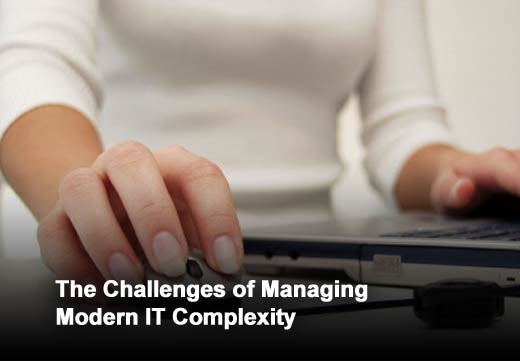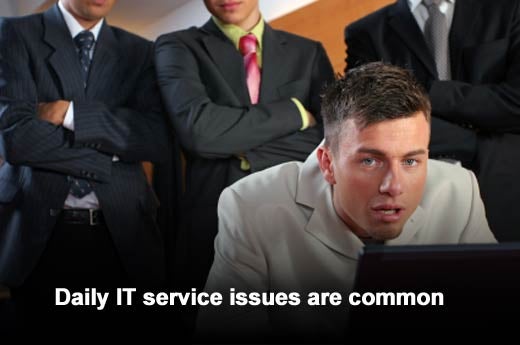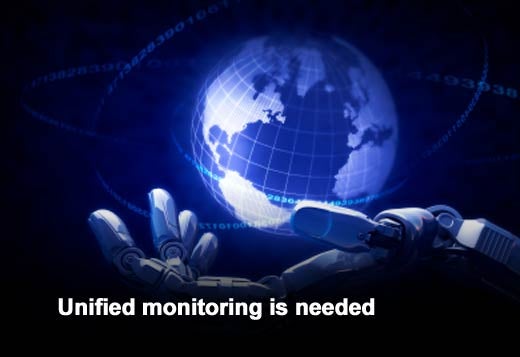As more organizations embrace hybrid IT, the task of monitoring and managing these environments becomes more complex. Detecting and troubleshooting performance issues also becomes more difficult as virtualization and cloud computing add layers of abstraction. This often results in downtime, which can cost a company from $10,000 to $1 million hourly according to Forrester.
Zenoss, a provider of unified IT monitoring and management solutions, recently commissioned a study conducted by Forrester Consulting, which proves that organizations struggle to manage complexity of modern IT. Results from the study showed that IT is the number one priority for CEOs, however, IT organizations are still experiencing a tremendous amount of downtime with more than a third of organizations running into IT issues on a daily basis. Key findings also revealed that too many IT tools or IT clutter is still an issue – more than 50 percent of respondents are using five or more monitoring tools, and an astonishing 14 percent are using 20 or more different tools to find and fix issues, leading to slow detection and imprecise root cause analysis.
Click through for findings from a survey focused on the struggle to manage modern IT complexity, conducted by Forrester consulting and commissioned by Zenoss.
While it’s becoming easier for IT customers to consume digital services, the architecture for IT service delivery is becoming more complex. Multiple monitoring tools only add to this complexity. The survey showed that the majority (60 percent) are bringing in new tools as they encounter new issues or add new infrastructure. This reliance on an ad hoc mix of monitoring tools, some of which were purchased for specific infrastructure elements, will only increase operational silos and limit IT’s ability to provide insight into the end-to-end service performance and availability. Only 21 percent of the 157 respondents had an integrated monitoring toolset.
Despite deploying a plethora of monitoring tools, 34 percent of companies encounter daily availability and performance issues. Additionally, 40 percent of organizations responded that they identify the root cause between one hour and a full day. This is an incredibly long time for a service to be out of operation, given the costs associated with downtime. It also provides evidence that alerts aren’t providing the service-level context needed to drive problems to resolution.
Monitoring tools fall short on the promise of accurate alerting (28 percent of the time help desks will wait for a call before working on an issue), root cause analysis (41 percent of organizations need between one hour and five days to identify root cause), and IT efficiency (63 percent of organizations need four to six full-time employees to find and resolve major service disruptions).
Monitoring tools provide critical value in multiple areas, such as demand and capacity management. Today’s organizations are monitoring thousands, tens of thousands, or even hundreds of thousands of infrastructure components to support IT service delivery. In the majority (72 percent) of companies, these resources are distributed across more than five physical locations. With this complexity set to increase with the addition of public and private cloud platforms, IT monitoring needs to accommodate the complexity and diversity of these environments. Without competent monitoring to ensure service availability and performance, the ability of new infrastructure technologies to drive business growth is severely undermined.
When it came to the most important factor in purchasing a new solution, nearly half ranked unified monitoring as a top three attribute. Unified monitoring is not only essential for effective root cause analysis to minimize service impact, it is the only way to give the service-level views required by the business. Unified tools that track the entire environment and have the ability to identify utilization trends and patterns can provide vital input for capacity planning functions to ensure continued quality of service.








